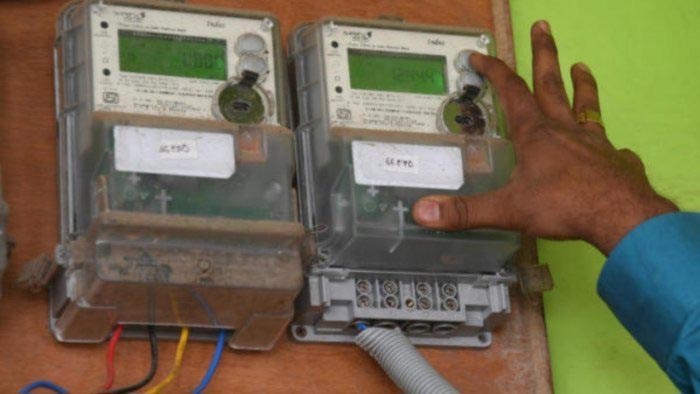Two days after rolling out the Gruha Jyoti scheme offering free power up to 200 units to domestic consumers, Karnataka Energy Minister K J George on Wednesday said the enrolment to avail of the benefit will start from June 15.
People who want to get this facility should enroll through the Seva Sindhu portal of the state government from June 15 to July 5, he said. Applicants will be required to upload proof that they are the resident of the building to avail of the benefit, he said. According to George, the documents that need to be uploaded in the Seva Sindhu application to register for the scheme are any of the documents such as Aadhaar card, voter ID, title deed or lease or rental agreement. The minister said that in the next two days a policy will be brought to include new buildings or new tenants.
As per the scheme, electricity supply companies will determine the average consumption of power in the last fiscal, based on which each consumer’s average consumption will be calculated. If it is below 200 units, then another 10 per cent will be added.
This average consumption will be free of cost, and the rest of the consumption up to 200 units will be charged. Supposing a consumer uses an average of 150 units of power, he or she will be eligible to get up to 165 units of electricity free.
Any excess consumption up to 200 units will be charged. Anyone consuming above 200 units will have to pay for the entire bill.
According to the minister, the state has 2.16 crore consumers who use less than 200 units of power, whereas there are only two lakh consumers who use more than 200 units of electricity. George also said that the average consumption of domestic power is 53 units. The scheme is expected to cost the state exchequer at least Rs 13,000 crore, he added.
“We are not trying to exclude anyone. We want to include more people in this scheme. Our objective is to offer relief to the middle class as well, which is hit by price rise,” George said.
A senior officer in the energy department told PTI that the government may consider changing the base year to calculate average unit consumption depending on the consumption pattern.
“Depending on the consumption pattern, we may think of setting up a new average year,” he said.
